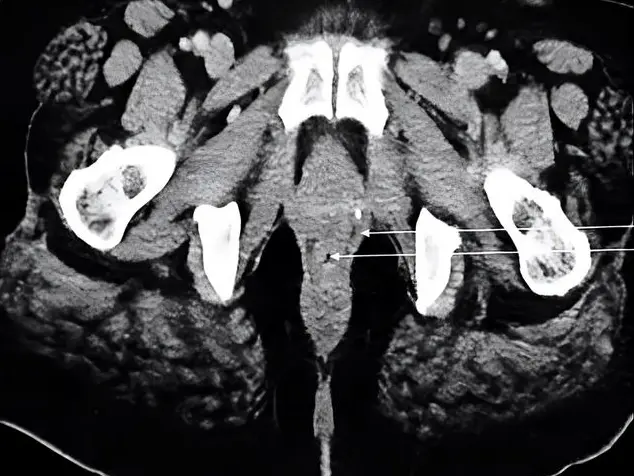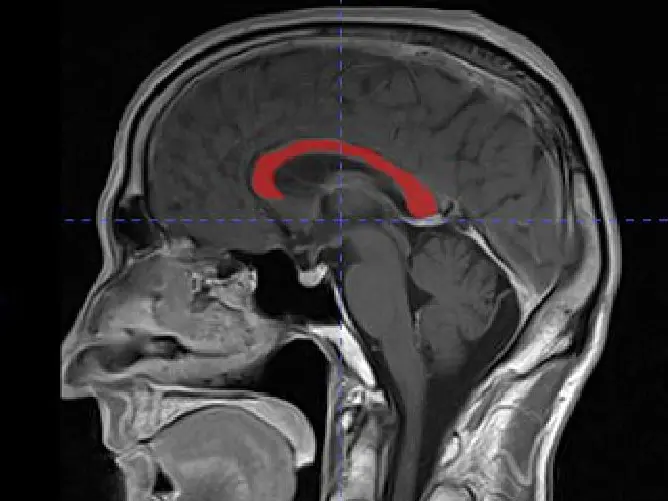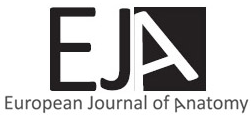Myocardial Bridge (MB) on the coronary artery and myocardial coat (MC) on the cardiac veins are usually detected in angiography and cadaveric dissection. Left anterior descending branch (LAD) of the left coronary artery is the most frequent site of MB. Rarely MB is also seen over the right coronary arterial branches. MB has proven association with ischemic heart disease and other critical cardiac consequences like myocardial infarction (MI) (Alegria et al., 2000; Soran et al., 2000). MC, on the other hand has not gained enough attention in previous studies. Large MB can be readily identified in angiograms, but minutes MB can be picked up by newer imaging studies like multidetector computed tomography (MDCT) and optical coherence tomography (OCT) scan (Tiryakioglu and Aliyu, 2020). Cadaveric dissection, however, holds its unique place in direct visualization and studying the macro and micro-anatomical characteristics. To study the prevalence and anatomical attributes of MB and MC in Indian population, ten adult cadaveric hearts (6 male and 4 female) were dissected as part of a routine undergraduate teaching at the Anatomy Department, All India Institute of Medical Sciences, New Delhi, India. MB over the coronary artery and MC over the cardiac vein were identified. Data pertaining to the MB and MC dimensions were measured with a digital vernier calliper. Histology of the MC was carried out to confirm its presence and observe the cyto-architecture pattern. Relevant gross macroscopic and microscopic images were photographed and photomicrographed.
20% of the dissected cadavers revealed MB involving LAD in first heart while LAD and RCA both in second heart with lengths 5 mm, 18 mm and 2 mm respectively. MC was noted over coronary sinus and proximal few millimeters of great and middle cardiac veins. Histological examination revealed cardiac striated muscle in MC with typical cyto- architecture. The mean myocardial muscle index (MMI) of MBs ranged from 1.6 to 21.6. The present study highlights 20% prevalence of MBs in Indian population involving both right and left coronary artery. 10% of the subjects had histologically confirmed MC over cardiac veins. MC over the coronary sinus and other cardiac veins need more elaborate explorative studies to quantify the anatomic properties and to examine the possible association with cardiovascular disease. Nevertheless, anatomic attributes should be kept in mind to better appreciate MI in evolution and MI at evaluation in a case with MB.



